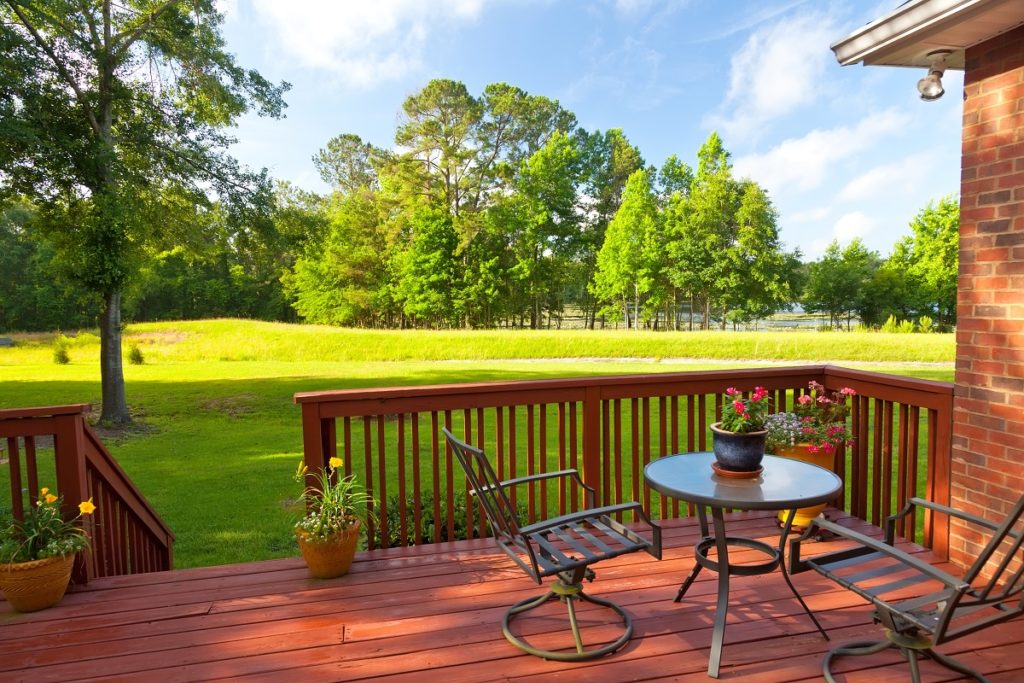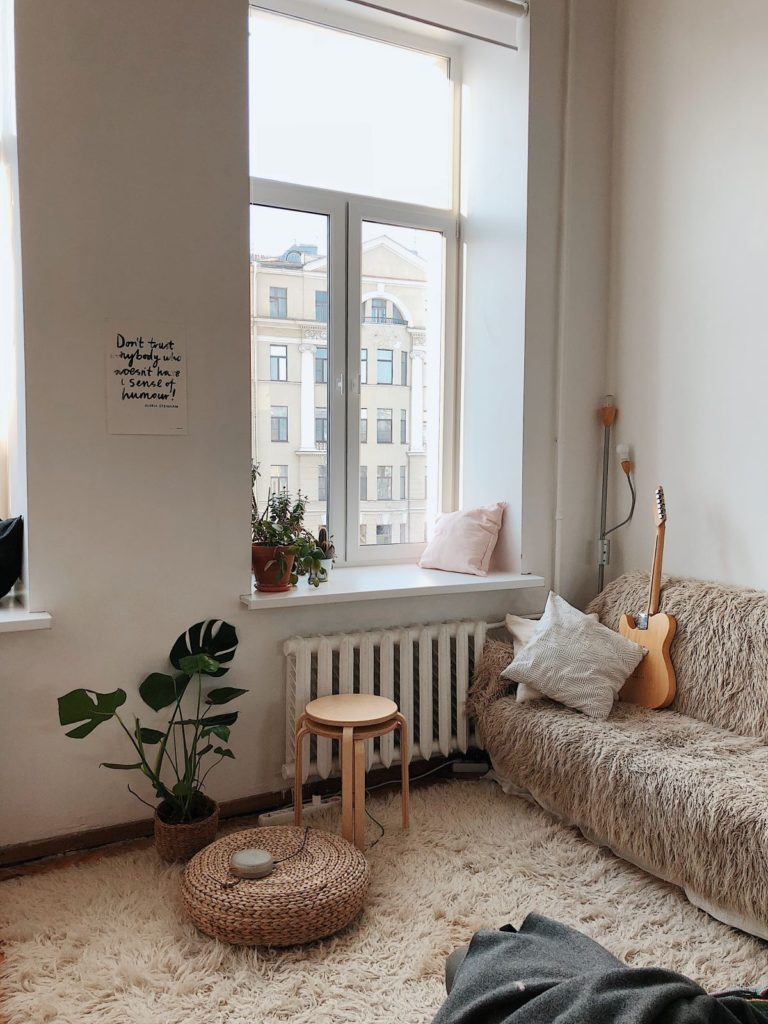Green is in and you’re ever wondering why, it’s because it carries a wide range of benefits to your health and the environment.
A green home feels cleaner and less toxic. That may reduce your risk of respiratory diseases. You can also lessen the odds of exposing yourself and your family to endocrine disruptors. These are chemicals that may cause hormone imbalances and chronic conditions, such as thyroid diseases.
A house dubbed as “green” is also more energy-efficient. Not only can you save money, but you can also be gentler to the environment. In Australia, much of the electricity still comes from fossil fuels.
By lowering your consumption, you can also reduce the demand for such sources of energy that harm the world by increasing carbon emissions.
Moreover, you may be producing less waste, which usually ends up in landfills or, worse, the oceans where they don’t decay but harm animal life. Some types of wastes can seep underground and may pollute the sources of water.
While going green sounds sustainable, environment-friendly, and healthy, many don’t know how to adapt it into their home. If this is your worry, then the tips below can help:
1. Maximise Your Yard

Instead of opting for concrete, which can only absorb a lot of heat and makes your outdoors look boring, transform it into a plant haven. You can buy or even ask for trees, shrubs, and seedlings for free or discount at your local nursery.
You can also ask the experts in building a patio. Patios can lower your heating and cooling expenses. In the summer, you can enjoy a drink or two with friends over a barbie. During the months of June to August, you can spend some mild winters seeping your favorite tea. The bottom line is you are less dependent on heaters and air-conditioning units.
2. Ditch the Chemicals
Do you ever wonder where the residues of your household cleaners while dishwashing soaps end up? They can actually find their way into bodies of water such as streams or rivers. They may take a while to degrade, so they have more time to pollute marine life.
The cleaners you spray in the air may contain volatile organic compounds (VOCs). Depending on the chemical, they can cause eye or throat irritation, sneezing, and skin burns. They may also affect the lungs when inhaled in significant doses or during prolonged exposure.
While you cannot do away with cleaners, you can switch to eco-friendly options. They can be just as effective yet much gentler to your health and the environment. They don’t worsen the quality of indoor air, and the likelihood of reactions is low.
If you have the patience or wish to experiment, you can consider producing cleaners. You can already find dozens of recipes online.
3. Ditch the Plastic

Plastic is one of the primary types of waste in the world. According to National Geographic, it accounts for over 6 billion metric tonnes of the total 8.3 billion tonnes of garbage. Although plastic can be recycled, not more than 10% of them are.
If you can, say no to plastic in your life. Instead, consider alternatives:
- A washable tote bag for your groceries or trips to the farmers’ markets
- Stainless steel or bamboo utensils for the kitchen
- Beeswax wrappers or glass containers for the leftovers
- Mesh bags to keep your veggies on the counter
- Cloth diapers for the baby
- More natural home decors like wood, metal, and ceramics
If you cannot completely say no to plastics, then you can at least extend their useful lives for as long as possible. Look for stores that allow you to refill what you need. These can be shampoo, laundry detergent, and other household supplies.
You can be creative and transform plastic bottles and containers into pen holders, organizers, or storage bins.
4. Switch to LEDs
Incandescent and halogen lights can produce a soft warm glow, but they can also consume a lot of energy and maybe therefore expensive in the long-term. Meanwhile, light-emitting diodes (LEDs) are usually more expensive, but they are more energy-efficient.
For example, they have way longer bulb lives. A traditional incandescent may work for 1,000 hours, but an LED with the same wattage can give you light for at least 25,000 hours.
As energy becomes more expensive, the world suffers more from carbon emissions and pollution, and more people get sick, it’s time to rethink your choices.
That includes how you want your home to be. You can be part of the solution to these issues by going green—and it doesn’t need to be costly.


